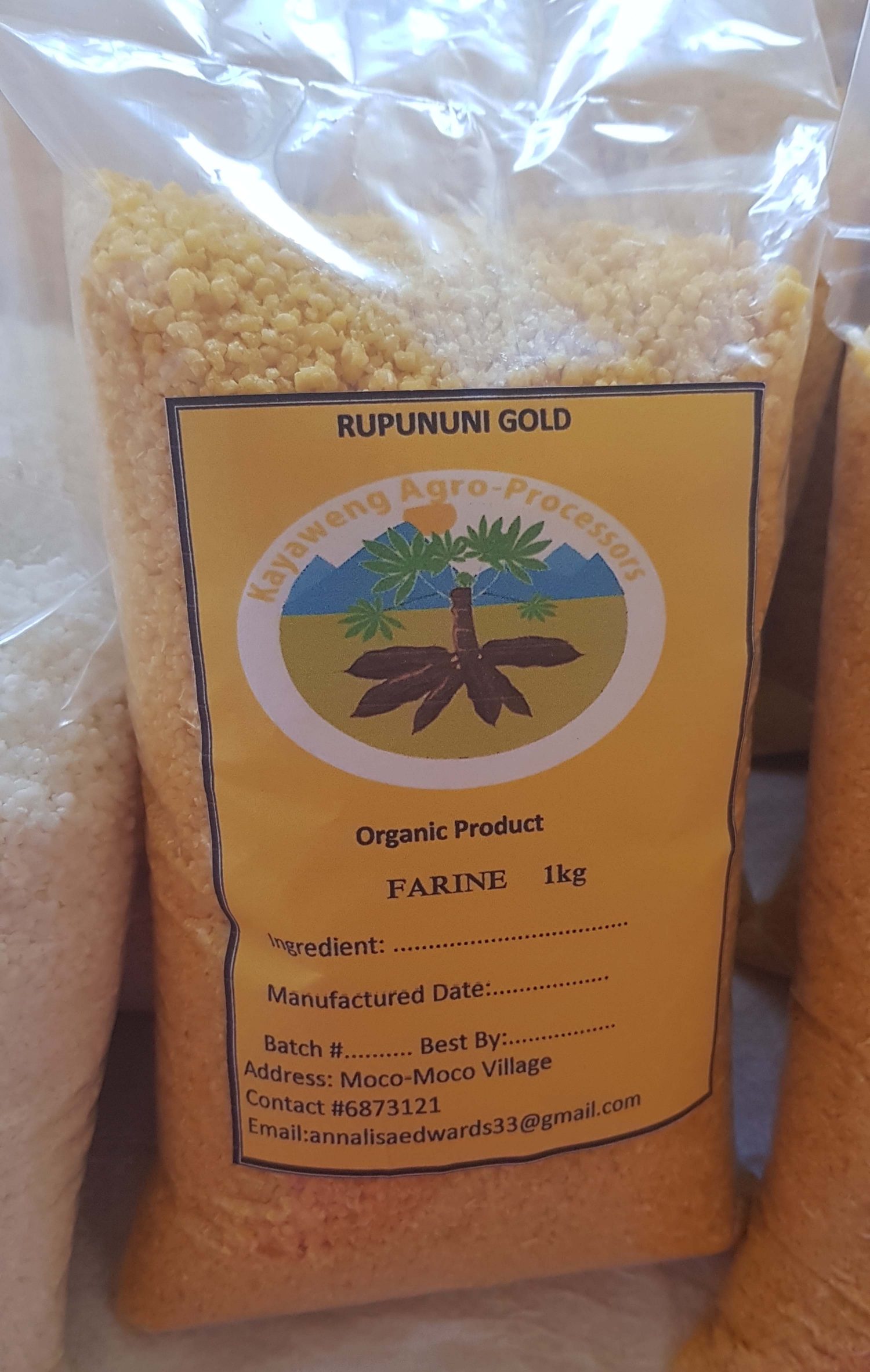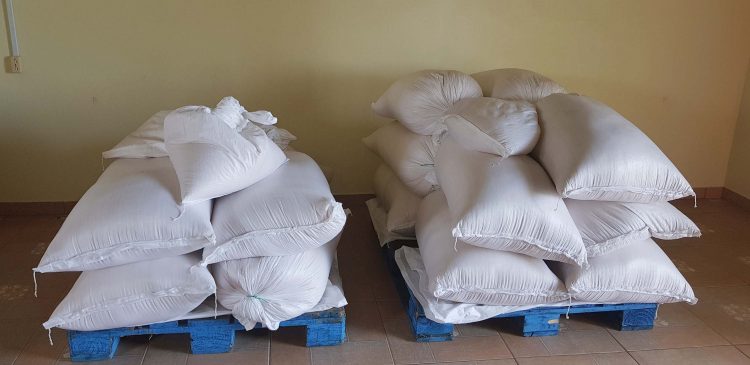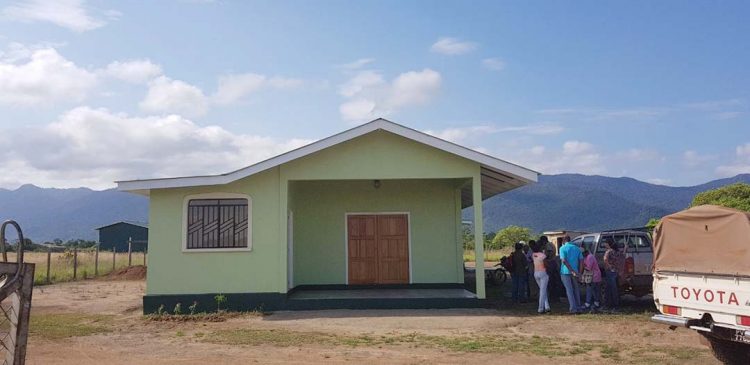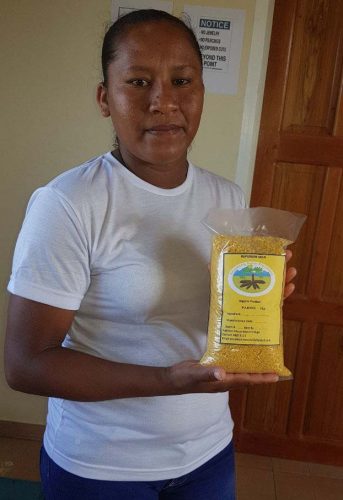With Region Nine’s food supply coming under threat during recent periods of drought and flooding, two groups of women from the Rupununi have set up farine factories as part of ventures intended to not only maintain food security but also to develop cassava farming as a viable enterprise.
The Kanuku Mountains Community Representative Group (KMCRG), of Moco Moco Village, in the South Central Rupununi, and the Wowetta Women’s Agro Processors Group (WWAP), of Wowetta Village, in the North Rupununi, with funding of Cdn$188,000 from the Canadian government, have established farine factories in their respective communities.
The establishment of the factories are aimed at achieving food security; the development of mitigating measures against natural disasters; the enhancement of cassava farming as a business for income generation; and the stockpiling of about 20,000 pounds of farine to be used as a reserve in case of emergencies created by natural disasters.
Analisa Edwards, manager of the KMCRG, told Stabroek News that the factory in Moco Moco has been in operation for the past three months and has already managed to stockpile 3,000 pounds of farine. “The main idea of this project being established is to keep a stockpile of farine in wake of a natural disaster… we are here and are now growing into a business. It is a relief project but at the same time it is a business for us,” she said.
Edwards noted that since operations began, they have managed to employ six women from the village who work on a five-day basis to convert cassava into farine—a process that involves the harvesting, processing, grading and packaging of the product.
The women have undergone training and empowerment sessions specifically for the management of the project.
Stabroek News understands that while the group has six acres of land with different varieties of cassava plants, it has also been sourcing cassava from farmers within the community.
Commenting on some of the challenges they have faced so far, Edwards highlighted the lack of proper transportation. She described it as the main challenge since it is always a hard task moving the harvested cassava to the factory as the farmlands are located several miles away from the factory.
“…We are now getting into business and we have never had a project like this before so we face a challenge of transporting raw cassava to the factory and then transporting our product out to customers,” she explained.
Nevertheless, the response from villagers has been good and as a result villagers would assist in the transportation of the raw materials to the factory. “A lot of community members would try to help with the transportation for about a month to get us started… They were supportive of it because it a community project; they will be involved; they may be employed or they could benefit when we purchase cassava from them and so they were happy about that,” Edwards added.
The business aspect of the project is expected to be realised when the factory meets its stockpile goal of 10,000 pounds of farine and then is able to market the excess to buyers in and around the Rupununi and possibly to neighbouring Brazil, where there is said to a growing demand for Rupununi-made farine.
Additionally, Edwards noted that while they are focused mainly on farine production at the moment, they will be expanding to include the processing of other byproducts of cassava, such as tapioca and cassareep. “For now, we are doing farine alone but I have tried to get women to do other byproducts and we have already started doing tapioca also with the cassareep, so that we can employ more women to help facilitate that,” she explained.
In the meantime, efforts are ongoing to learn from the practices of the sister factory in Wowetta, which started its operations before Moco Moco Village.
“Wowetta played a big role in this project because they came with a lot of inventions we have to adopt… to our factory and they continued to make more inventions and we benefit from their experience…. We had visited the sister factory in Wowetta to see how operations are being done on that end. The only difference between the two is that they use the margarine to parch their farine, while we use fat from the beef. But in the future we will be working to use margarine as well,” Edwards explained.
The partners in the initiative include Conservation International-Guyana, CUSO-Guyana, the Canadian government, the Wowetta Village Council and Moco Moco Village Council, the Regional Democratic Council and the Ministry of Agriculture’s National Agriculture Research and Extension Institute.








